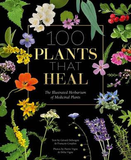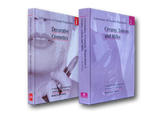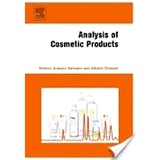Industrial Hygiene in the Cosmetics Sector by Verlag Fur Chemische Industrie , Germany
Industrial Hygiene in the Cosmetics Sector
Contents :
1 Industrial hygiene –a key part of the cosmetics manufacturing process
1.1 Hygiene – part of the quality system
1.2 Implementing hygiene requirements
1.3 Training and control measures
1.4 Monitoring hygiene in relation to external service providers, suppliers and contract 1.5 Literature
2 Structural requirements
2.1 General building requirements – room specification sheets
2.2 Site requirements
2.3 Planning principles 2
.4 Building areas
2.5 Literature
3 System design and System hygiene
3.1 System design
3.2 System hygiene
3.3 Literature
4 System design and System hygiene for Water
4.1 Microbiological quality of the product water used
4.2 Biofilm
4.3 General diagrams for process water
4.4 Basic pretreatment of incoming water
4.5 Microbiological treatment of town water
4.6 Chemical/physical treatment of incoming water
4.7 Storing treated process water and closed circular pipelines
4.8 Design for hot process water
4.9 Taking samples to determine microbial strain
4.10 Disinfecting the system
4.11 Common technical and hygienic errors
4.12 Literature
5 Room hygiene
5.1 Cleaning and disinfection
5.2 Hygiene schedule (for cleaning and disinfecting rooms subject to the good manufacturing practice requirements)
5.3 Personnel movements and material flows
5.4 Ventilation
5.5 Literature
5.6 Sample documents
6 Personnel hygiene
6.1 Integration into the hygiene areas concept
6.2 Employee conduct
6.3 Hand hygiene
6.4 Clothing
6.5 Health
6.6 Visitors and external personnel
6.7 Employee training
6.8 Checks
6.9 Documentation
6.10 Miscellaneous
6.11 Literature
7 Material transportation and storage
7.1 General conditions
7.2 Storerooms
7.3 Systems and containers
7.4 Creating bulk goods (»compounding«)
7.5 Using packaging and tissue materials
7.6 Handling semi-finished (bulk) and finished goods
7.7 Guidance values and checks
7.8 Literature
8 Pest control and waste disposal
8.1 Pest control
8.2 Waste disposal
8.3 Literature
9 Microbiological controlling
9.1 Sampling
9.2 Process checks (raw materials – packaging – preparation vessel – storage – filling – packing)
9.3 Methods
9.4 Alternative methods
9.5 Organising and evaluating microbiological checks
9.6 Literature
10 Hygiene monitoring
10.1 Methods
10.2 Organising and implementing hygiene checks
10.3 Hygiene checks schedules
10.4 Guidance values
10.5 Documentation
10.6 Literature
11 Reacting to positive microbiological findings
11.1 Basic requirements, official microbiological limits and internal company specifications
11.2 Microbiological analyses and resultant decisions
11.3 Basic considerations and validation measures
11.4 Root cause analysis and quality assurance measures
11.5 Literature


















